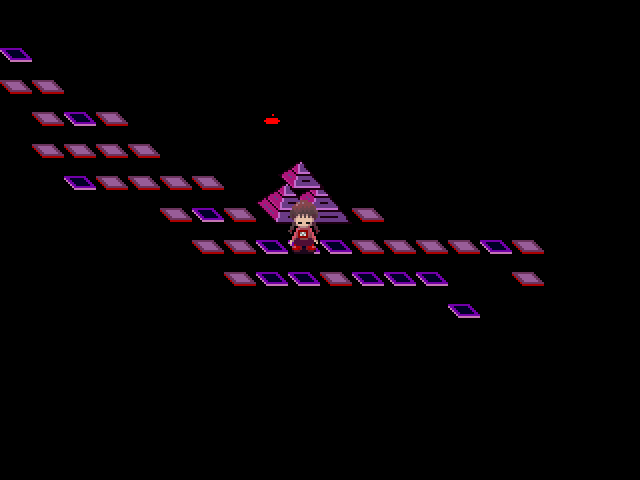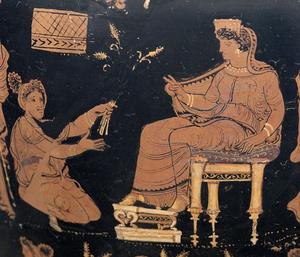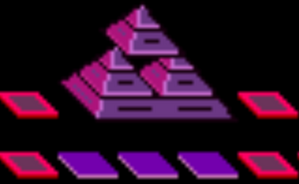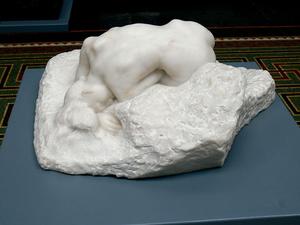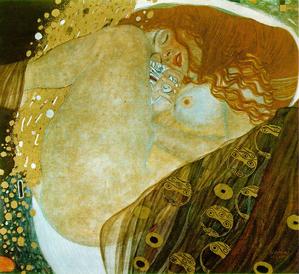>Mt.kiki (Created page with "frame|left|The Neon Tile Path(Demeter) [[File:Eleusinian_hydria_Antikensammlung.jpg|thumb|Eleusinian hydria An...") |
>Mt.kiki (Adding categories) |
||
| Line 125: | Line 125: | ||
[2][http://web.kyoto-inet.or.jp/people/tiakio/antiGM/biblio.html#Graves <u>Graves</u>], G.M. 1, 202, 205. | [2][http://web.kyoto-inet.or.jp/people/tiakio/antiGM/biblio.html#Graves <u>Graves</u>], G.M. 1, 202, 205. | ||
[3][http://web.kyoto-inet.or.jp/people/tiakio/antiGM/biblio.html#Guthrie <u>Guthrie</u>], 54. | [3][http://web.kyoto-inet.or.jp/people/tiakio/antiGM/biblio.html#Guthrie <u>Guthrie</u>], 54. | ||
[[Category:Name]] | |||
Revision as of 08:21, 19 March 2013
The Neon Tile Path(Demeter)
In ancient Greek religion and myth, Demeter (/diˈmiːtər/; Attic Δημήτηρ Dēmētēr. Doric Δαμάτηρ Dāmātēr) is the goddess of the harvest, who presided over grains and the fertility of the earth. Her cult titles include Sito (σίτος: wheat) as the giver of food or corn/grain[1]
Demeter's character as mother-goddess is identified in the second element of her name meter (μήτηρ) derived from Proto-Indo-European *méh₂tēr (mother).[4] In antiquity, different explanations were already proffered for the first element of her name. It is possible that Da (Δᾶ) (which became Attic De (Δῆ)) is the Doric form of Ge (Γῆ), "earth", the old name of the chthonic earth-goddess, and that Demeter is "Mother-Earth".[5]
The Neon Tile Path(デーメーテール(Dhmhvthr))
ギリシア語のmeterは「母親」の意味である。Deはデルタdeltaつまり三角形で、ギリシアの聖なるアルファベットで、「女陰を表す文字」として知られる女性性器のしるしである。
インドのヨーニ・ヤントラYoni-Yantra(女陰のヤントラ図形)と同じである[1]。
ギリシア語のde(delta)に対応する語として、サンスクリットのdwh、ケルト語のduir、ヘブライ語のdalethがあるが、いずれも、生誕、死、あるいは性的楽園、の入り口を意味した[2]。
かくして、デーメーテールはアジアで言うところの「神秘な女性の入り口……そこから天界と大地が躍り出た根」であった[3]。
ミュケナイでは、デーメーテールを祀った最も初期の祭儀の中心地のひとつは、丸天井式地下納骨堂で、その出入り口は三角形、通路は膣状で短く、丸天井であったが、それは女神の子宮を表すものであった。そこから再生するものと考えられていた。
この出入り口は、一般に、女性に捧げられた。シュメールでは、その出入り口は赤く塗られて、女性の「生命の血」を表した[4]。
[1]Mahanirvantantra, 127. [2]Gaster, 302. [3]de Riencourt, 175. [4]Hays, 68.
The Neon Tile Path(The Suppliants (Aeschylus))
The Suppliants (Ancient Greek: Ἱκέτιδες, Hiketides, also called The Suppliant Maidens; Latin Supplices) is a play by Aeschylus. It was probably first performed sometime after 470 BC as the first play in a tetralogy, sometimes referred to as the Danaid Tetralogy, which probably included the lost plays The Egyptians (also called Aigyptioi), and The Daughters of Danaus (also called The Danaids or The Danaides), and the satyr play Amymone.[1][2]
※"Blood rain" in The Neon Tile Path and "the earth (the bride) from which rain comes"
The remaining plays of the tetrology have been mostly lost. However, one significant passage from The Danaids has been preserved. This is a speech by the goddess of love Aphrodite praising the marriage between the sky (the groom) and the earth (the bride) from which rain comes, nourishing cattle, corn and fruits.[3]
This is reflected in the question Pelasgus asks of the Danaids' in The Suppliants which echoes Athenian law on the subject: "If the sons of Aigyptos are your masters by the law of the land, claiming to be your next-of-kin, who would wish to oppose them?"[3]
Thomson speculates that as Oresteia ends by validating the contemporary Athenian law regarding trial for murder by the court of Areopagus, the Danaid plays may have ended by validating the contemporary Athenian law regarding marriage of next-of-kin when the husband dies without an heir.[3]
※"Pyramid" in The Neon Tile Path and "to Greece from Egypt by the Danaids.[3]"
Thomson further suggests the possibility that as Oresteia's ending dramatizes the establishment of the court of Areopagus, the Danaid plays may have ended by dramatizing the establishment of the festival of the Thesmophoria, a festival reserved for woman which was based on the cult of Demeter which, according to Herodotus, was brought to Greece from Egypt by the Danaids.[3]
※"Madotsuki's Family" in "a dramatization of the conflict between matrilineal and patrilineal inheritance.[3]"
Ridgeway, on the other hand, interpreted the plays as a dramatization of the conflict between matrilineal and patrilineal inheritance.[3]
The Neon Tile Path(尿(Urine))
ダナイスたちはエレウシースのテスモポリア祭(エレウシースの密儀)の基礎を築いたが、この密儀では聖王の切断された生殖器が女神デーメーテールに捧げられた。
これはちょうど、ウーラノスの切断された生殖器が海-子宮に投げこまれたのと軌を一にしている。
※"Blood rain" in The Neon Tile Path and "the earth (the bride) from which rain comes"
本物の生贄の生殖器は、ついには、それを象徴的に表す代用品(すなわち、ヘビや男根の形をしたパン切れ)に取って代わられた。しかしその意味するところは同じであって、神の尿、精液、または血が降ってくることへの願いだった[2]。
※"the earth (the bride) from which rain comes" from The Neon Tile Path(The Suppliants (Aeschylus))
アイスキュロスはダナイスたちの雨乞いの儀式について語っている。
「花婿たる天より雨落ち来たりて大地母神女神デーメーテール孕み、女神デーメーテール授けり。羊に牧草を、死すべき者に小麦を。天地の契りの露受けて枝もたわわに実るなり」。
※"Blood rain" in The Neon Tile Path is "Demeter(Madotsuki's Mother?)"
太女神女神デーメーテールは大地でもあり海でもあるので、雨-尿-精液-血などは両方に降り注いだ。巫女たちは天を仰いで叫んだ、「雨よ!」。次いで彼女たちは大地に目を落とし、叫んだ、「孕めよ!」[3]。

